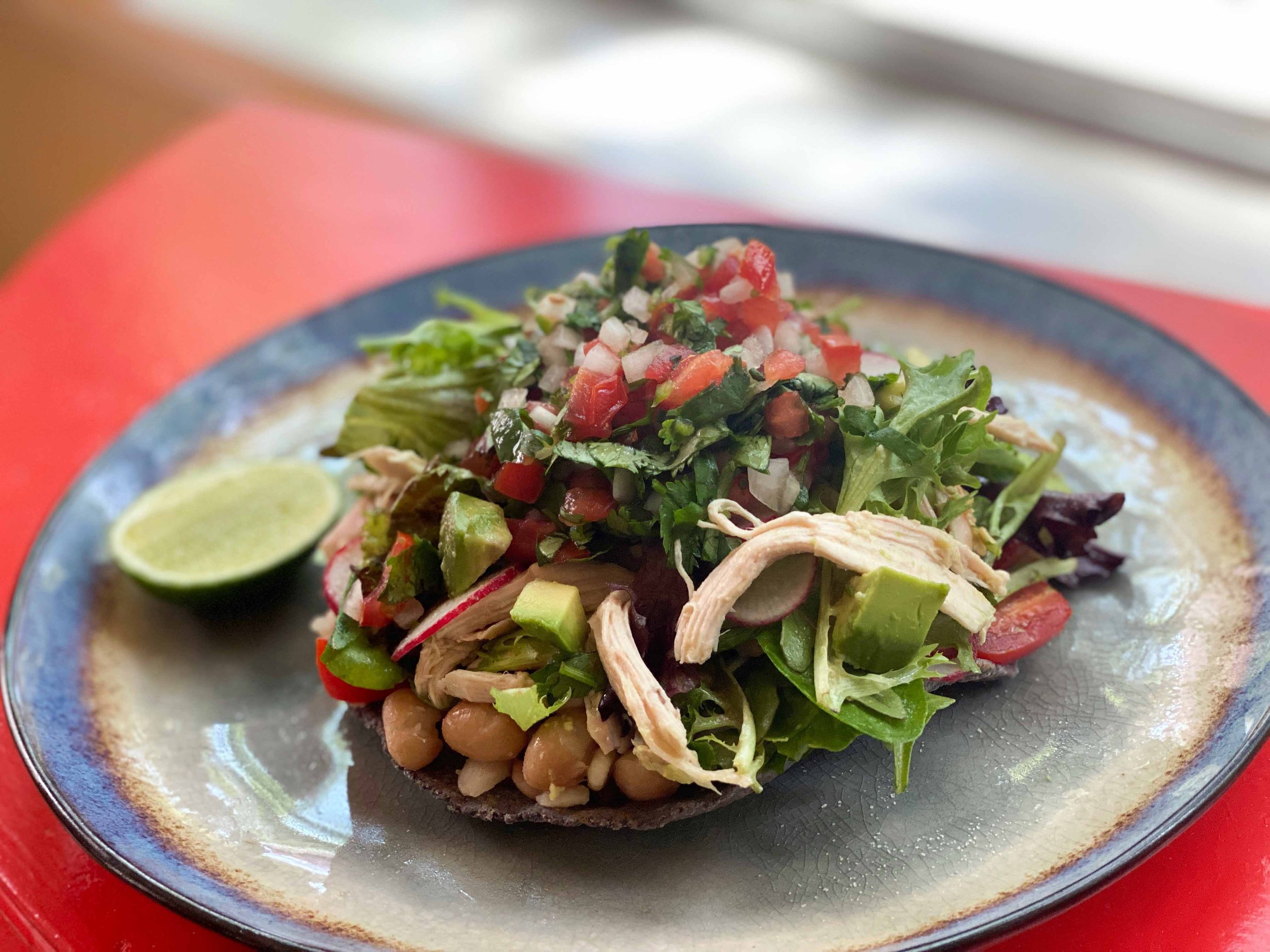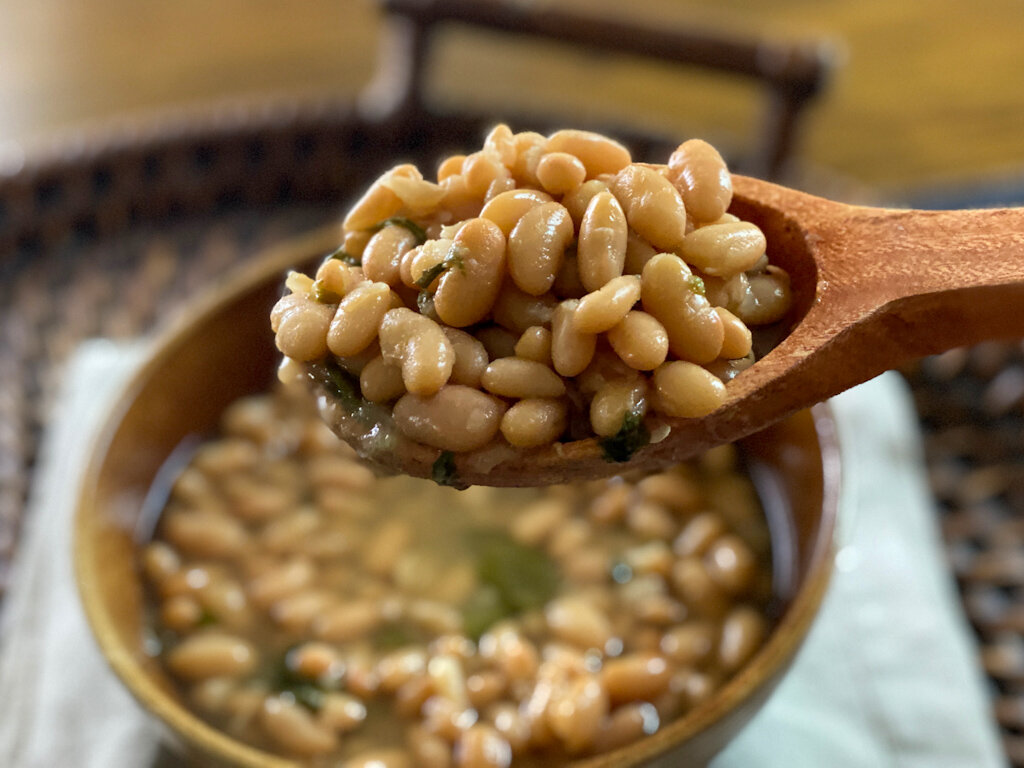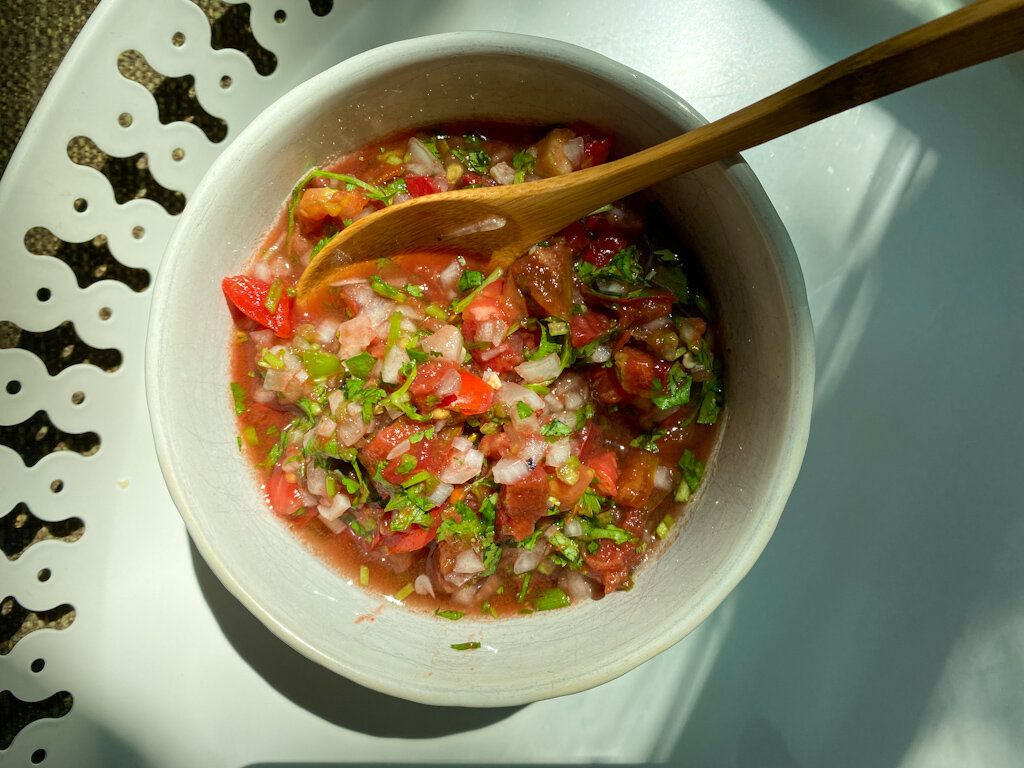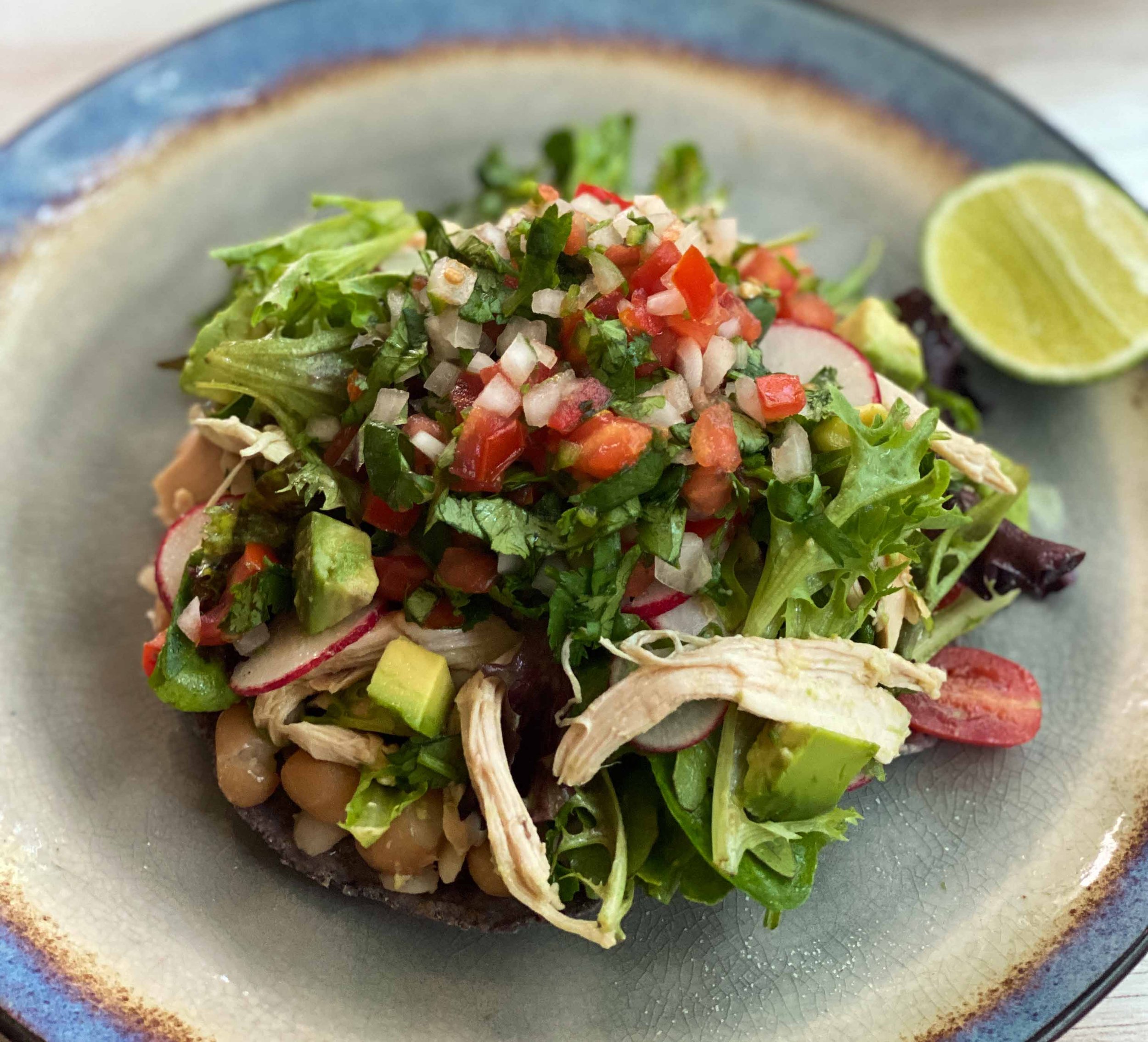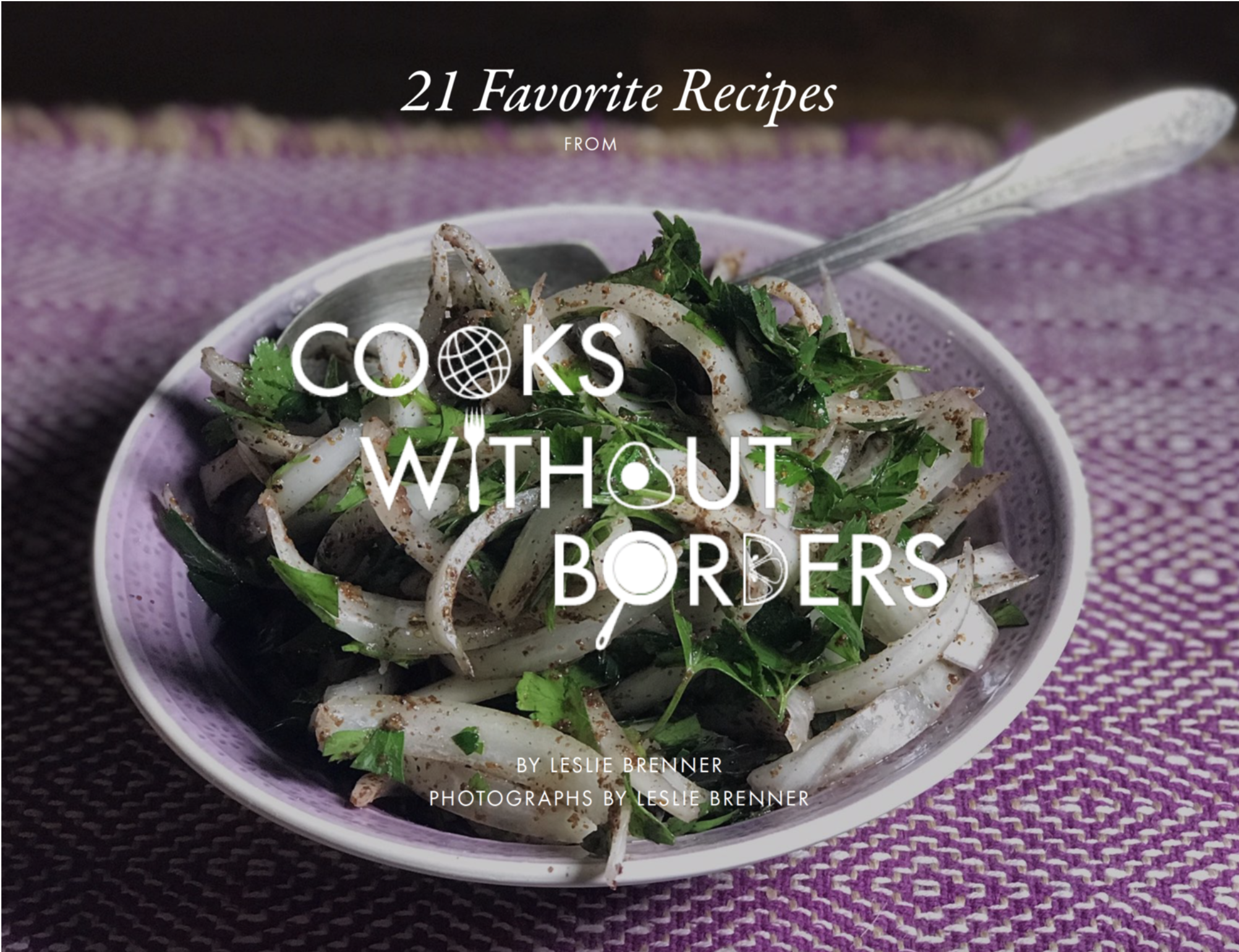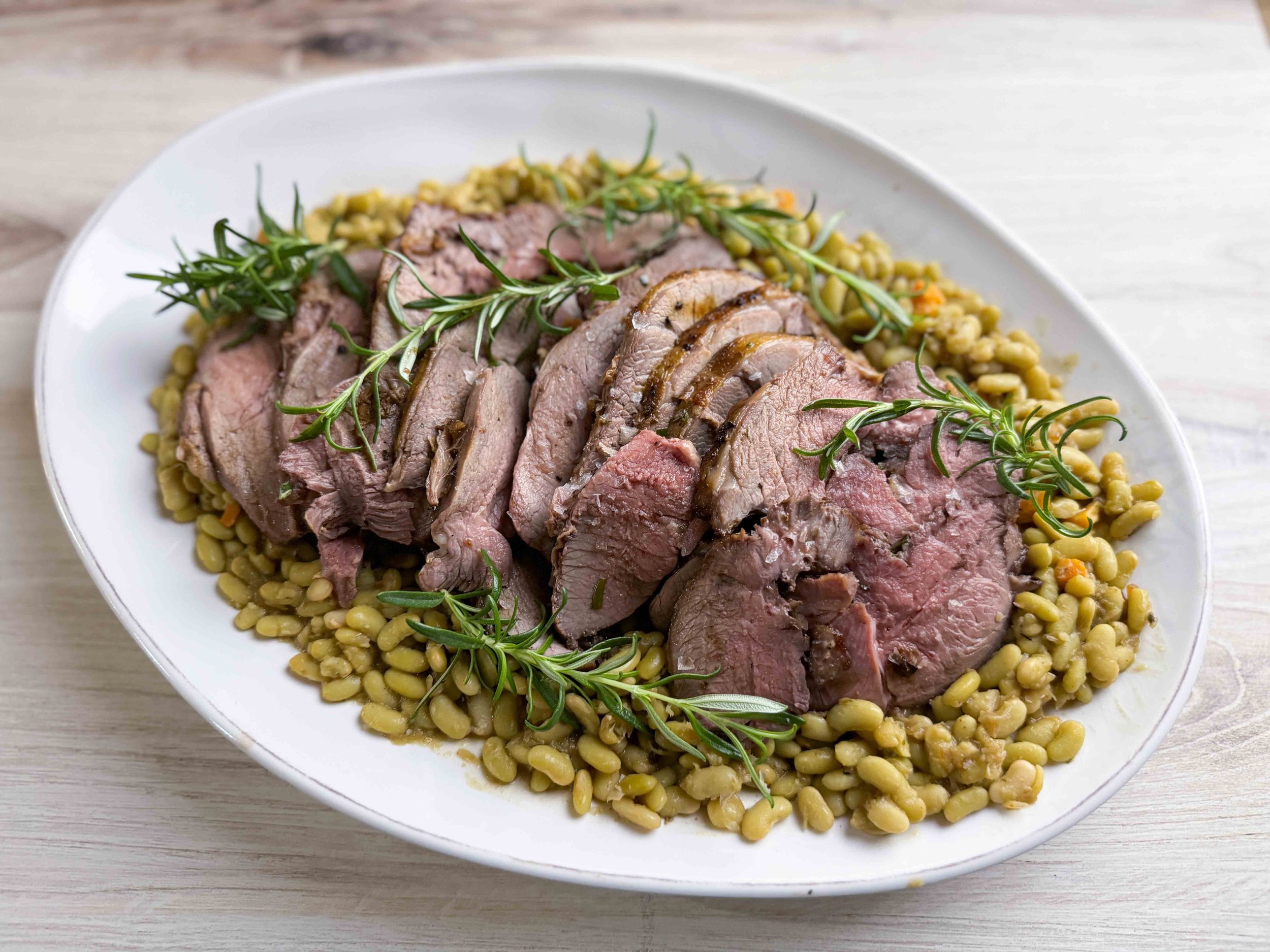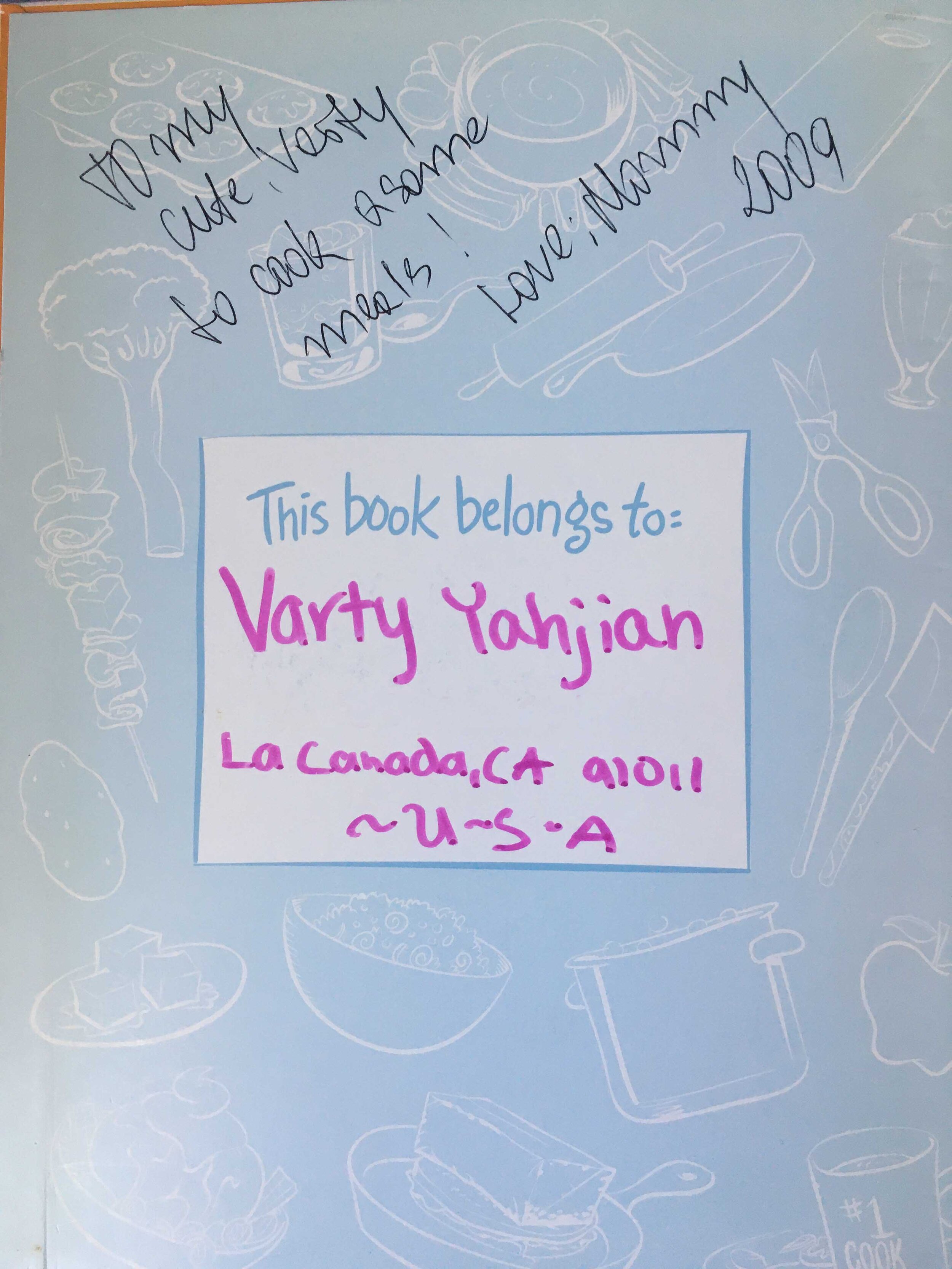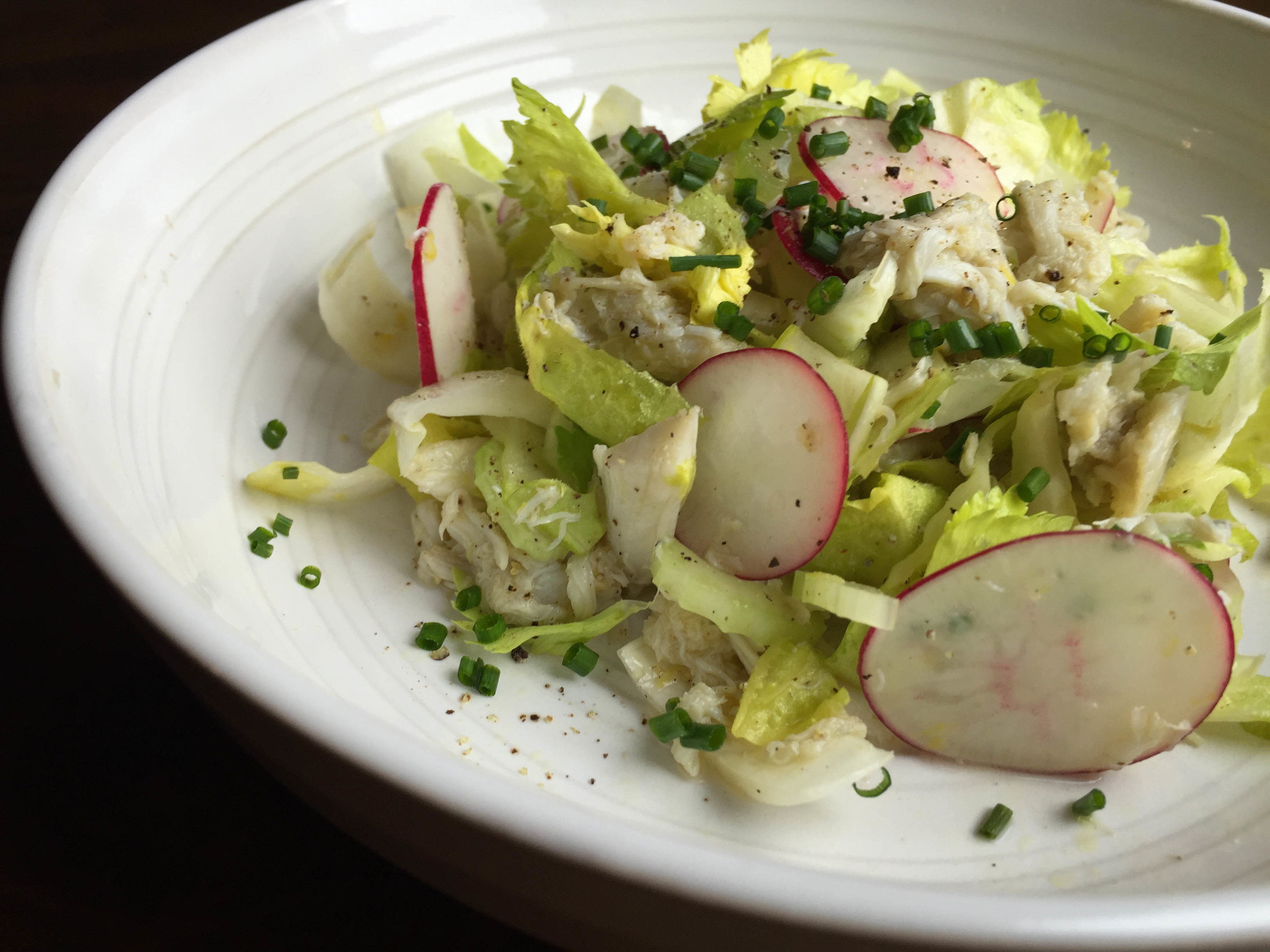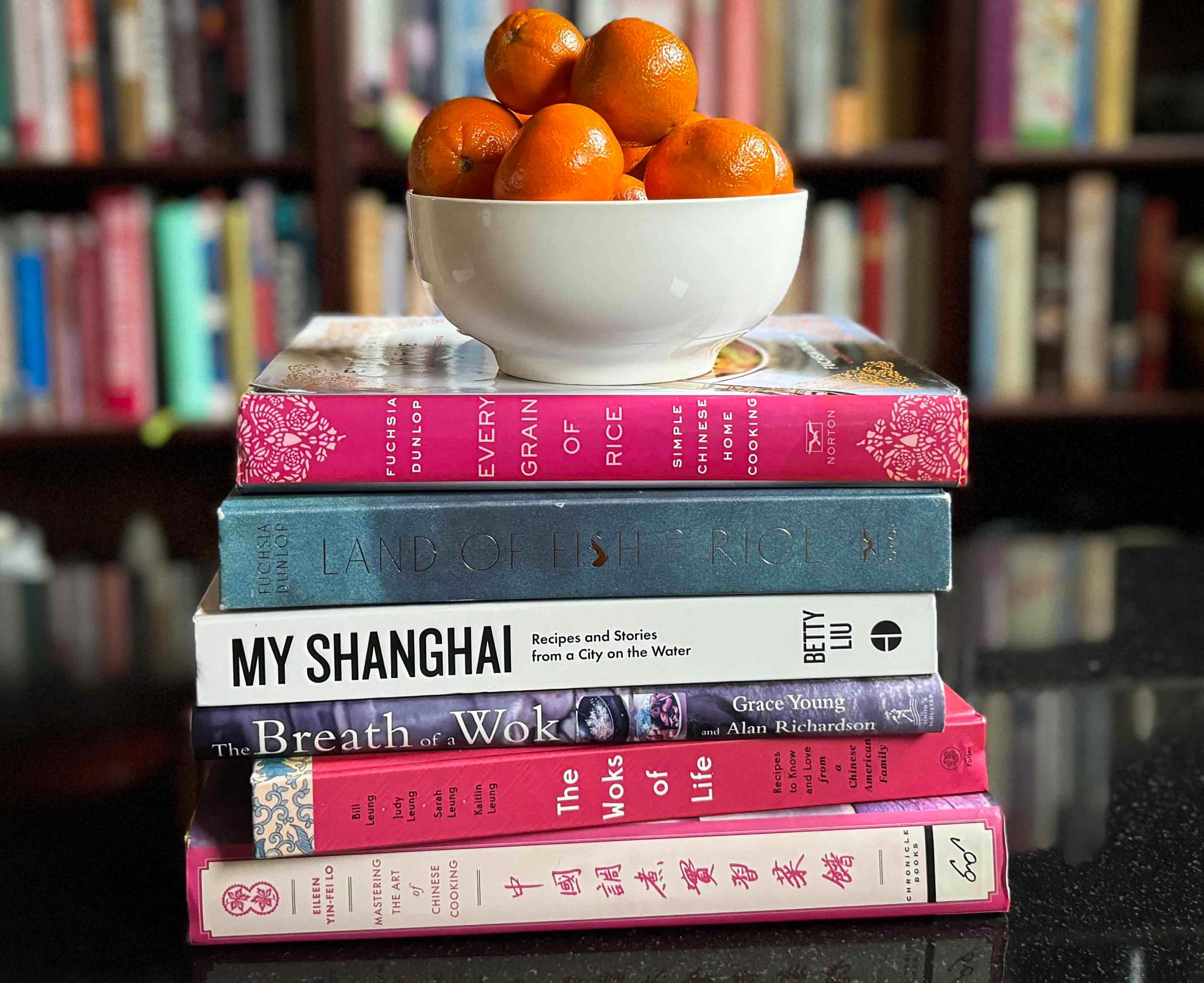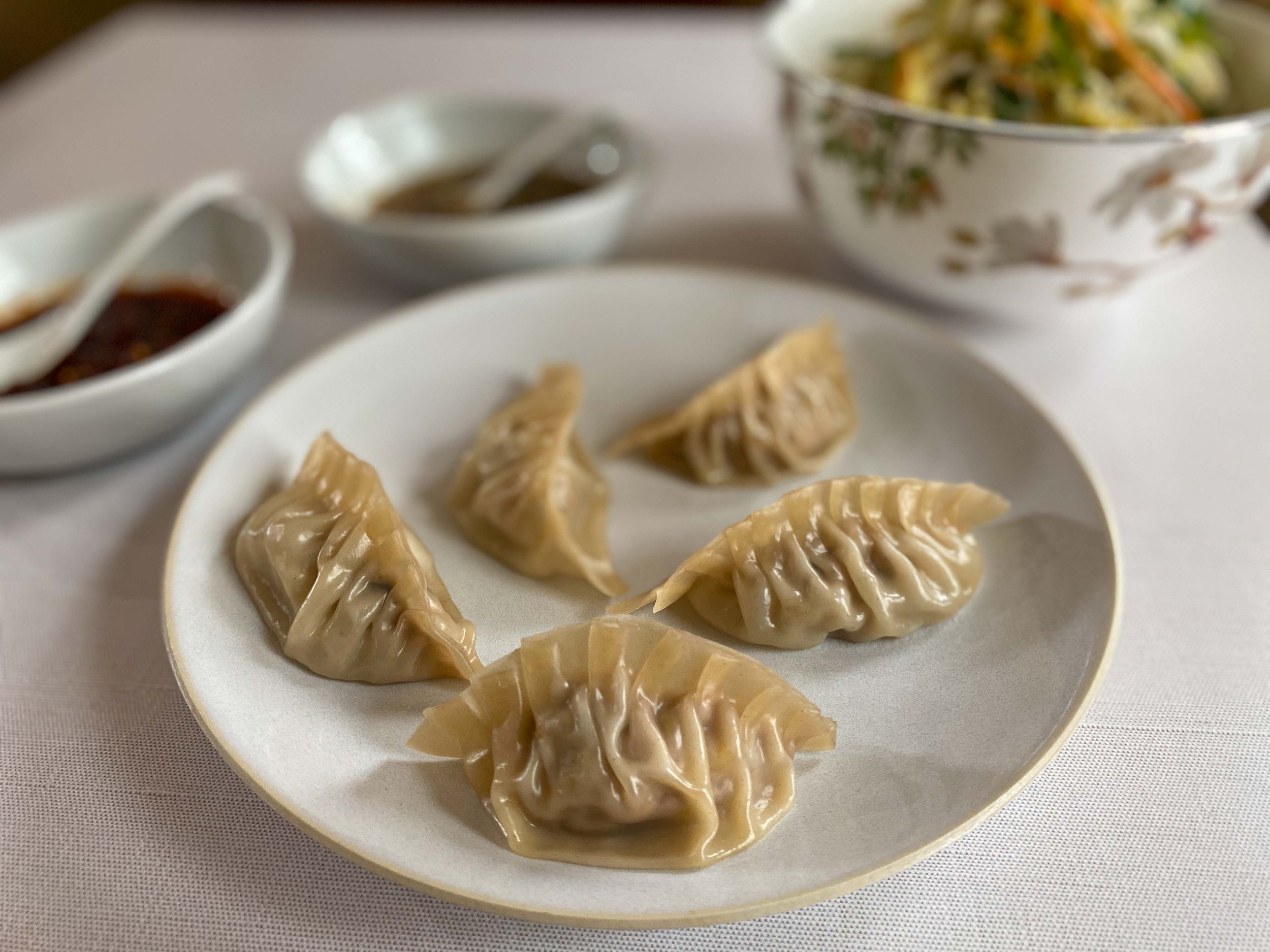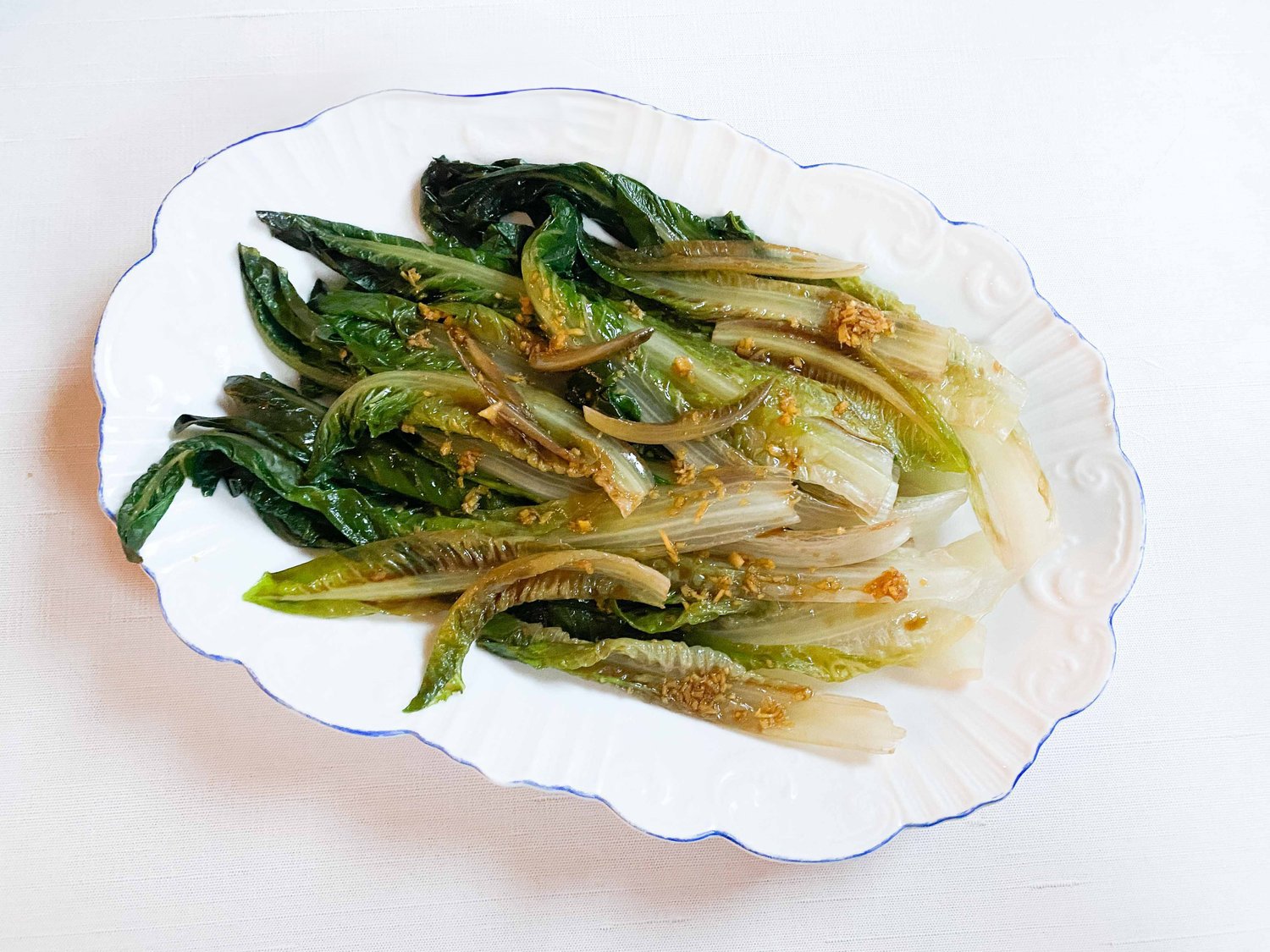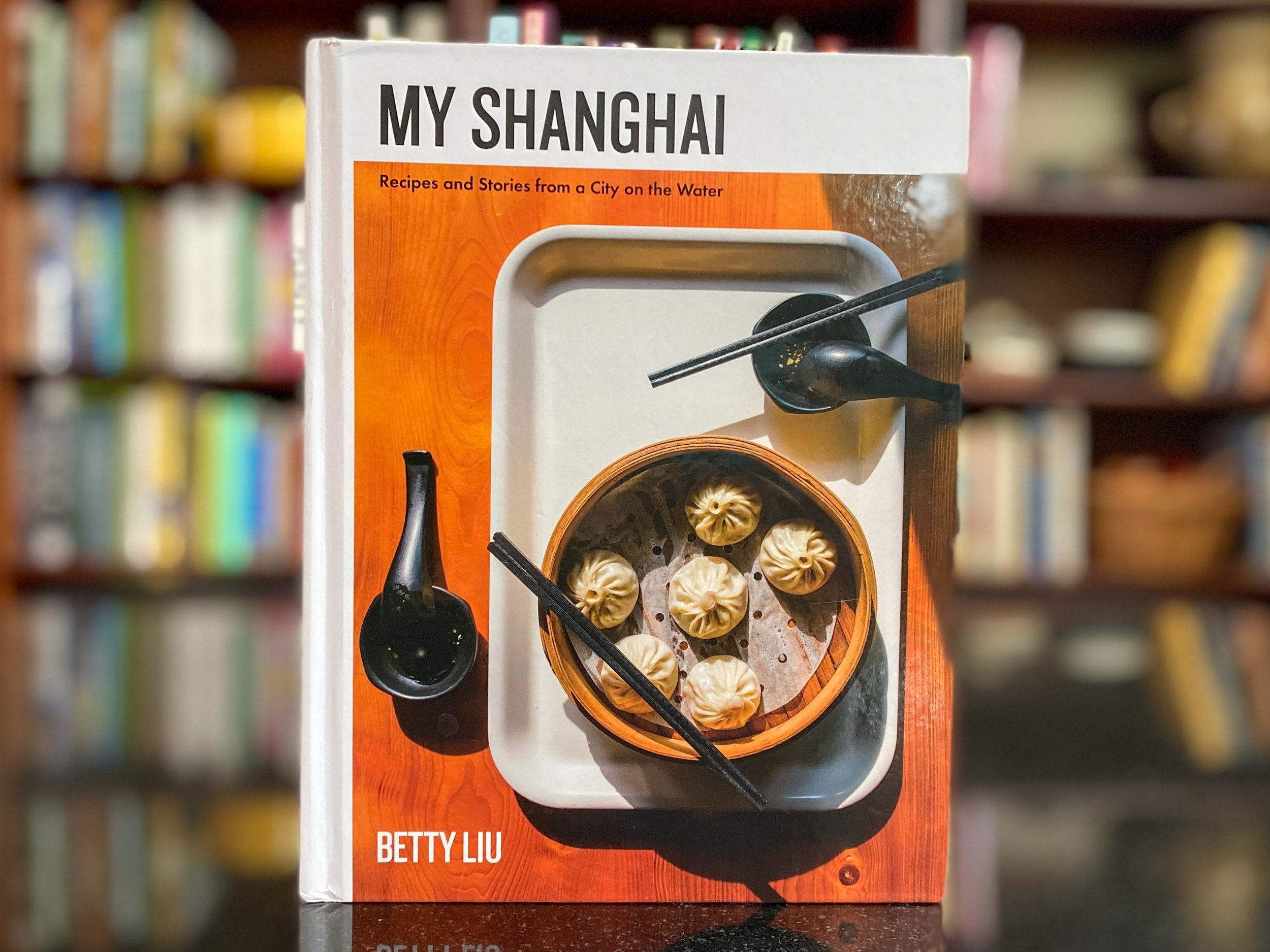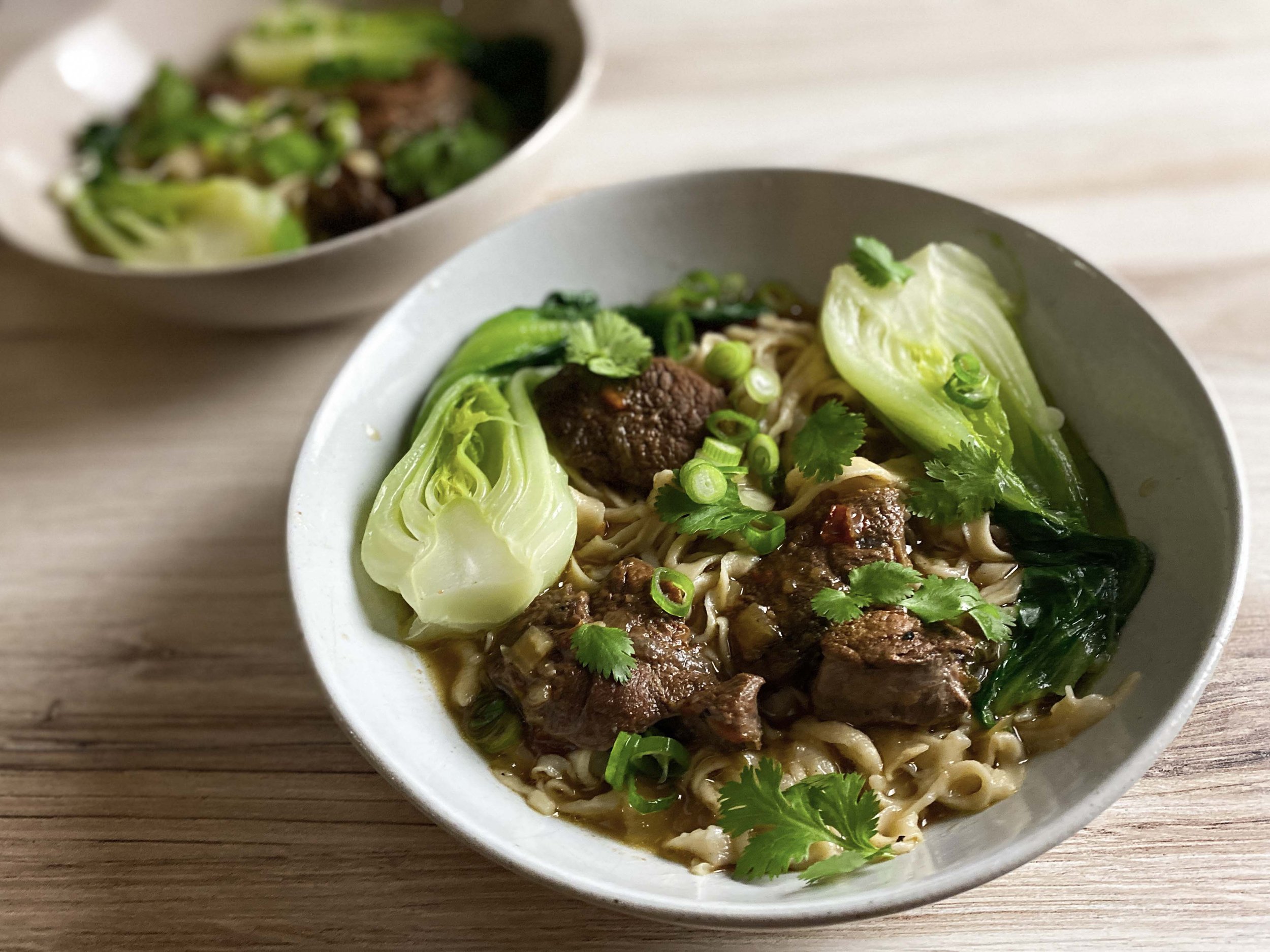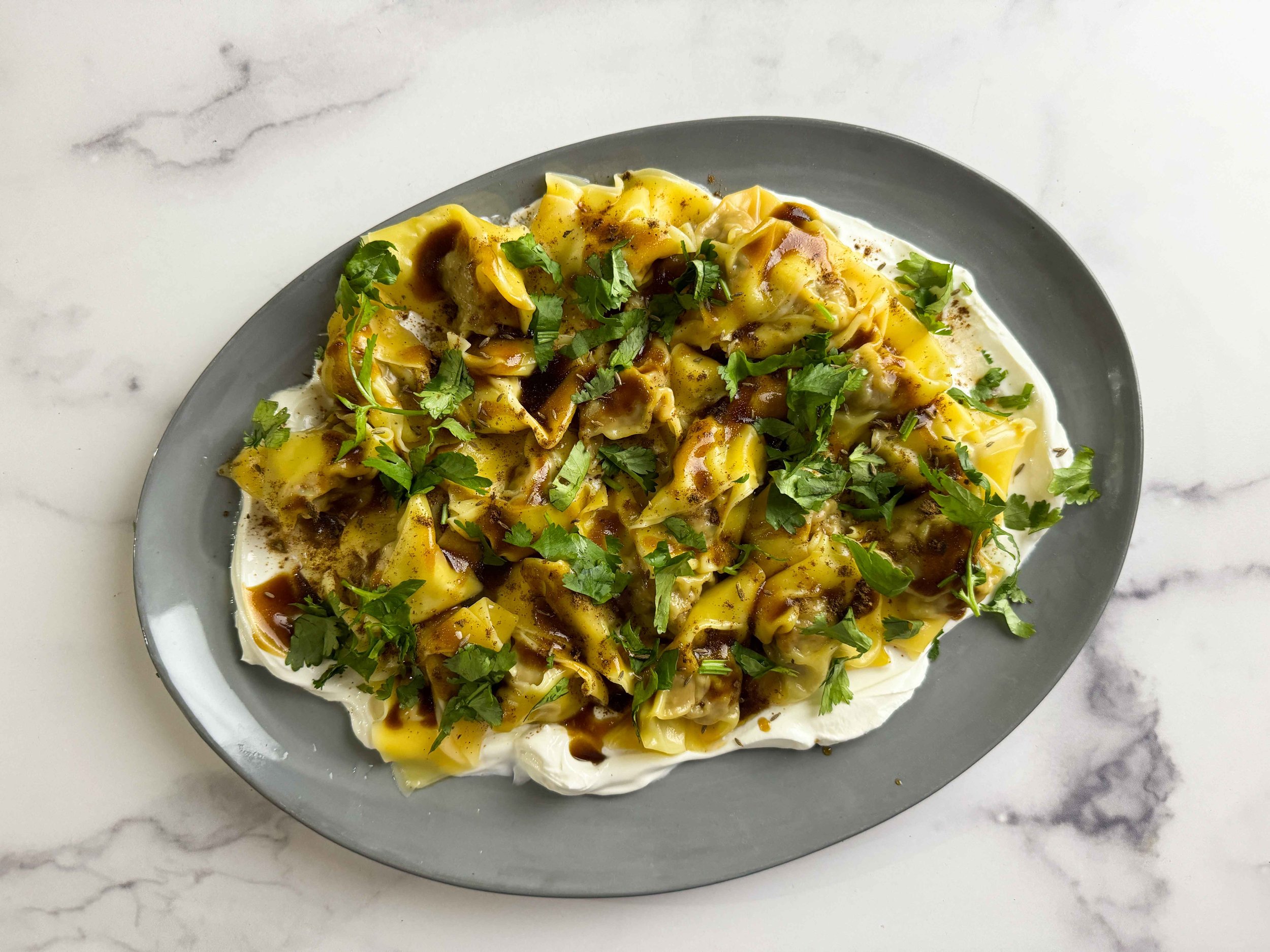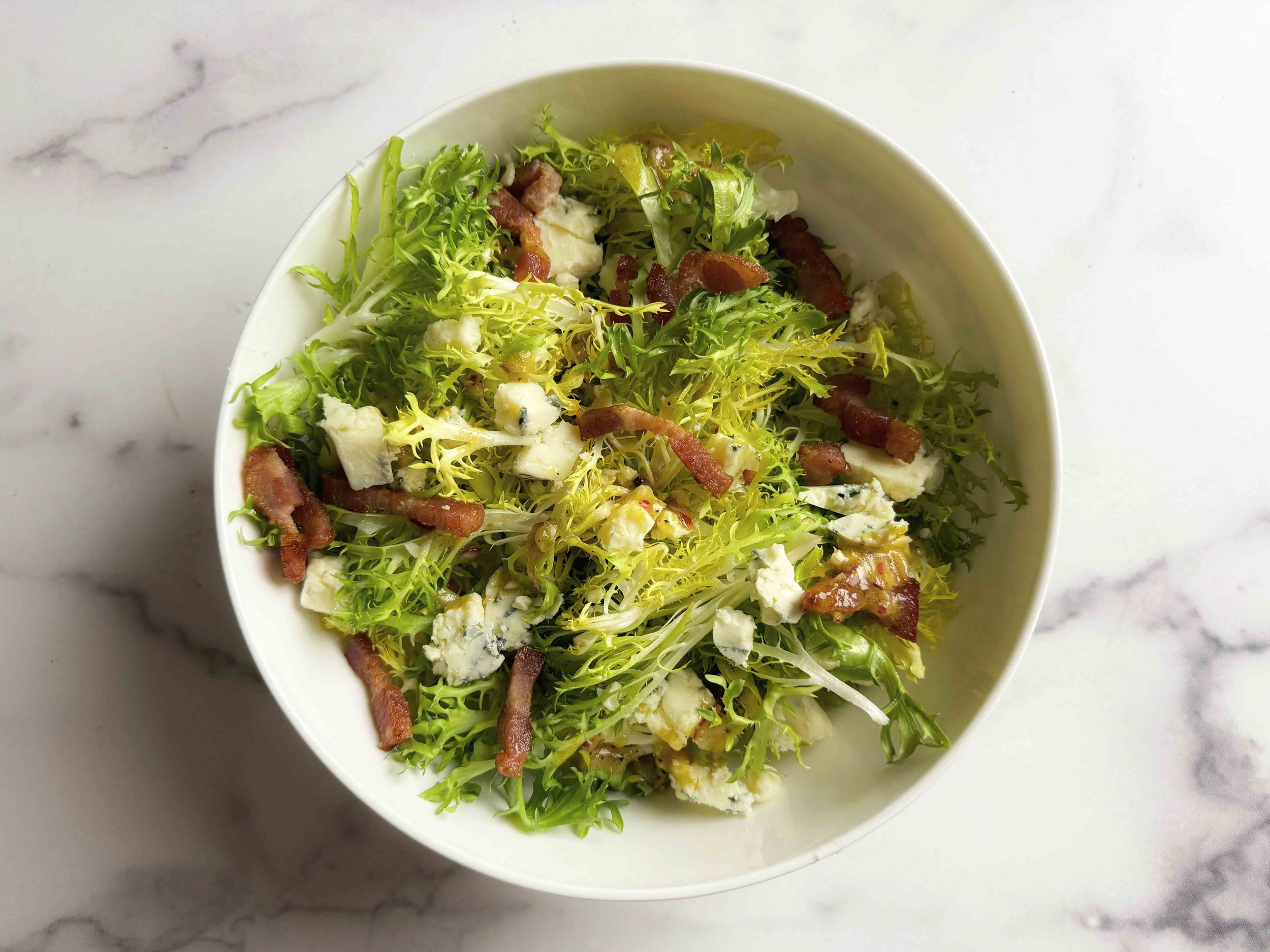By Leslie Brenner
Cabbage, as the New York Times proclaimed in a story in March, has become the “darling of the culinary world.” At restaurants around the country, you can find it charred, sauced, braised, stuffed with ’nduja, set on taleggio fondue, drizzled with tahini, basted with kelp butter, filled with smoked fish.
To me, a head of cabbage in the fridge — whether Napa, or red or standard green — is a cruciferous insurance policy that’s particularly valuable in the summer. Unlike ephemeral lettuce, which wilts if you look at it sideways, cabbage is always there for you, cooking not required.
Cabbage salads are wonderful for so many reasons. To begin with, they’re substantial enough to be a standalone lunch. They also take well to getting dressed up — and they hold their dressing really well without sogging out.
Of course you could make a perfectly serviceable cole slaw, but why not live a little, and really take that cabbage to town?
Recently my family has flipped over a cabbage salad dreamt up by my son Wylie. The idea at the heart of it is a tangy dressing based on lime juice and miso, with sesame oil, a little heat from gochujang and plenty of shredded fresh ginger. Toss that with a lot of shredded cabbage — of any kind (Napa, green cabbage, red cabbage), along with with sliced celery, red bell pepper and fresh herbs, whether cilantro or Italian parsley, plus scallions or red onion.
We usually include some kind of protein — usually tuna, tofu or chicken — and enjoy it as lunch-in-a-bowl. Or skip the protein, and call it a side dish.
It’s infinitely adaptable! Feel like finishing it with sesame seeds? That adds pizzazz. Or maybe you want a little more crunch: Go for chopped toasted cashews. You can’t go wrong.
Looking for something fresh to bring to a picnic or potluck? This travels well, and its gorgeous colors make it the life of the party.
Red Napa cabbage
Designing the salad
Your choice of cabbage determines the texture, look and crunch. If you’d like it green with lovely texture, use Napa cabbage. Regular green cabbage, a little sturdier, offers more crunch. You might use a combo of Napa and red cabbage. Or entirely red cabbage — that works, too. One day I found some gorgeous organic red Napa cabbage — it was brilliant in this.
Wylie’s Convertible Salad, made with Napa cabbage, red cabbage and tuna, finished with nigella seeds and toasted sesame seeds
Protein-wise, there are many ways to go. The first time Wylie made the salad, he included a can of flaked tuna. Salmon would work too — whether it’s leftover from dinner, or you open a can. Or sardines!
As its inspiration was California-style Chinese chicken salad, it’s particularly appealing with shredded chicken. Harbor a head of cabbage in your crisper, and whenever you find yourself with leftover rotisserie chicken — or any leftover cooked chicken — you’ve got a great match.
Lately I’m loving it with tofu, as I often want a satisfying vegan lunch. Pressed tofu — also a great thing to keep in the fridge — is super nice in it, cut into strips. For a different mood, extra-firm tofu adds nice softness, and those little pillows pick up the dressing so nicely.
The salad, made with extra-firm tofu, red cabbage and scallions, and finished with cashews
Ready, set, slice
Yes, there’s quite a bit of slicing involved. Look at it as a great opportunity to practice your knife skills. Or maybe you have a mandoline? Grab that cabbage and slice away — you’ll be through it in a flash (watch your fingers!).
RECIPE: Wylie’s Convertible Cabbage Salad
May many of your salad days be cabbage days.











